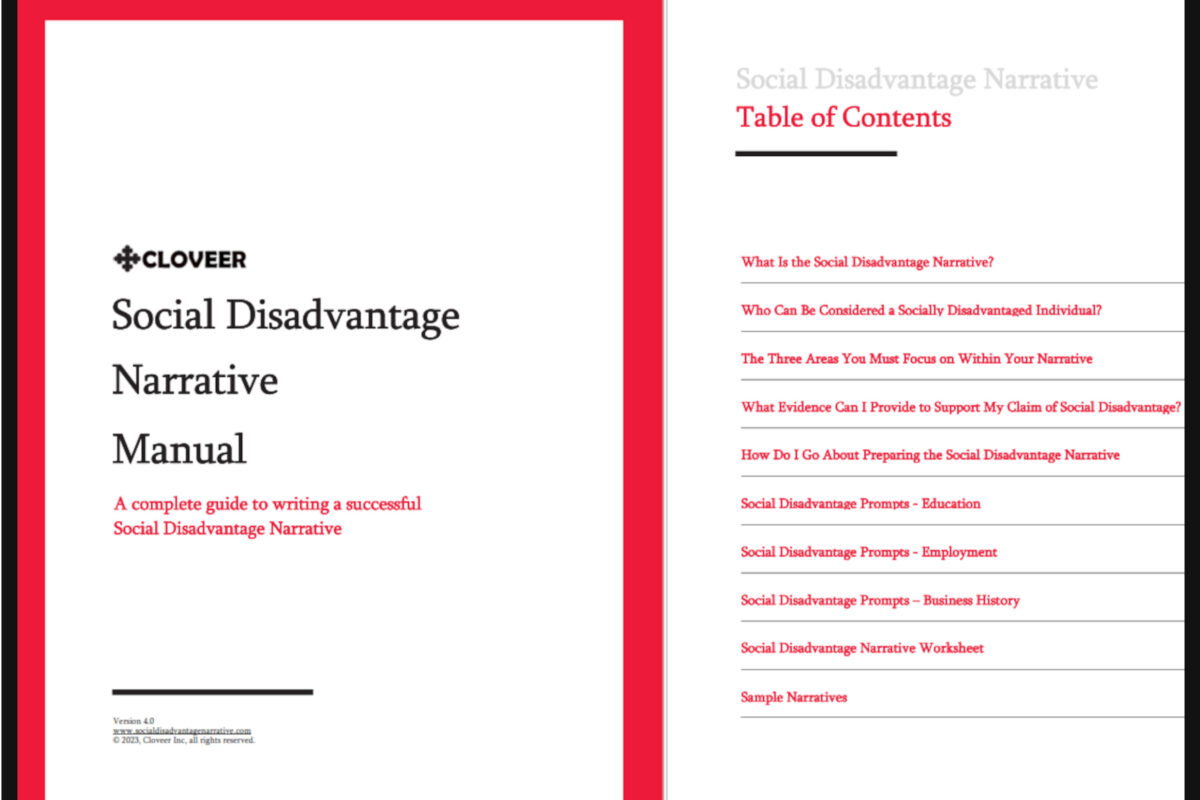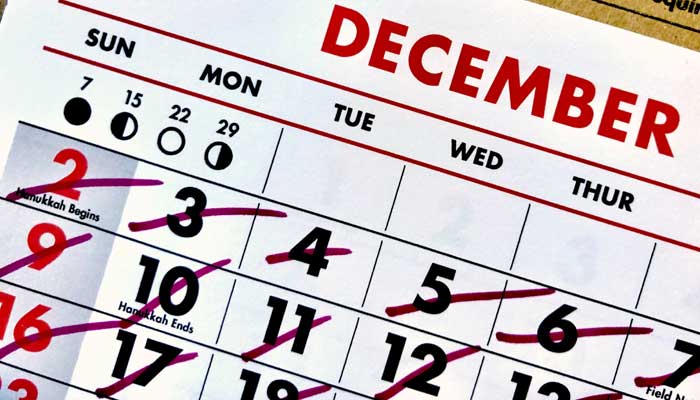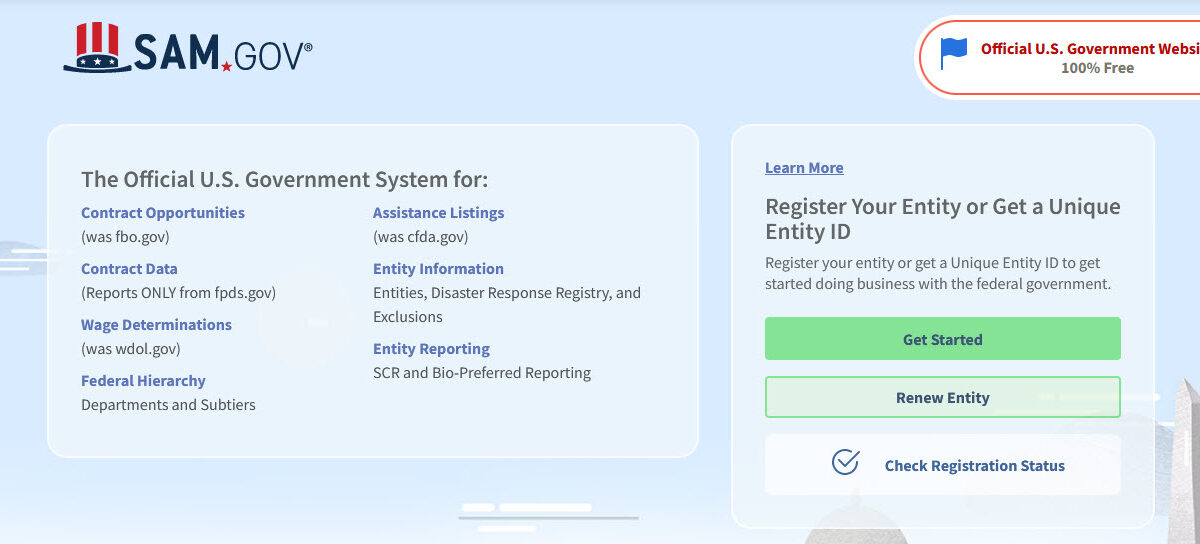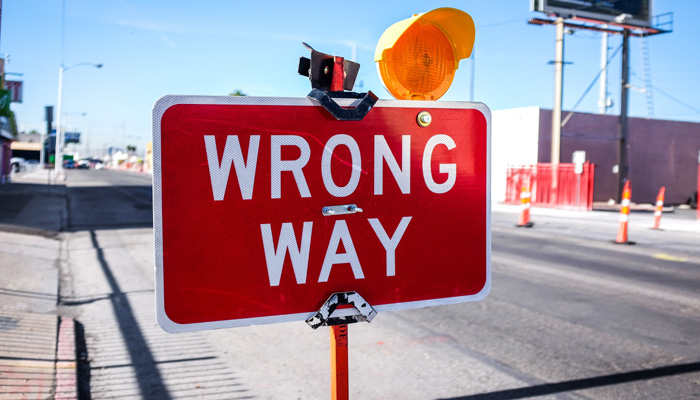Get our 8(a) Social Disadvantage Narrative Manual, created by experienced 8(a) program experts with a track record of preparing SBA approved social disadvantage narratives. Instantly download our Manual featuring ten sample 8(a) narratives. Our manual provides clear, step-by-step instructions to ensure your narrative aligns with current SBA standards for getting 8(a) certified and continued 8(a) program eligibility. Join the hundreds who’ve used our Manual and achieved SBA approval for their 8(a) narrative.
If you prefer to have Cloveer write your Social Disadvantage Narrative. Please complete our form and we will send you an invoice for payment.
Q. Why do I need to provide a Social Disadvantage Narrative?
On July 19, 2023, the U.S. District Court for the Eastern District of Tennessee issued a ruling in Ultima Servs. Corp. V. Dep’t of Ag. affecting the 8(a) Business Development program. Prior to this ruling, individual Black Americans, Hispanic Americans, Native Americans, Asian Pacific Americans, and Subcontinent Asian Americans applying for the program could establish that they were socially disadvantaged by demonstrating that they held themselves out as a member of one of those designated groups. This practice has been known as using a “rebuttable presumption of social disadvantage” or “presumption of social disadvantage.”
While most 8(a) firms established their 8(a) program eligibility through a presumption of social disadvantage, other 8(a) firms were admitted to the 8(a) program because the qualifying individual owner established social disadvantage by a preponderance of the evidence (i.e. submitted a narrative as part of the original application).
In this ruling, the Court barred SBA from using the presumption of social disadvantage to administer the 8(a) Program.
Under DOJ guidance regarding the Court’s order, SBA is requiring all 8(a) participants who originally relied upon the presumption of social disadvantage in their application to re-establish their 8(a) Program eligibility by completing a social disadvantage narrative.
Once submitted, SBA will review your narrative to determine that the firm’s owner(s) has demonstrated personal social disadvantage. Once approved, SBA will provide a social disadvantage qualification letter documenting that you have established social disadvantage and may continue to receive 8(a) contracts and otherwise participate in the 8(a) BD Program. Consistent with existing regulations, 8(a) Participants will only need to establish social disadvantage once for their program term, unless there are ownership/control or other changes which affect eligibility.
Buy Now or Visit socialdisadvantagenarrative.com for more information.
Q. Who needs to prepare a Social Disadvantage Narrative?
As of August 22, 2023, the SBA now mandates that both current certified 8(a) Program participants and prospective 8(a) applicants applying to the 8(a) Program must furnish a social disadvantage narrative, irrespective of their minority or non-minority status.
This new requirement applies to individually-owned firms only and does not impact entity-owned firms, such as firms owned by Indian tribes, Alaska Native Corporations, or Native Hawaiian Organizations.










